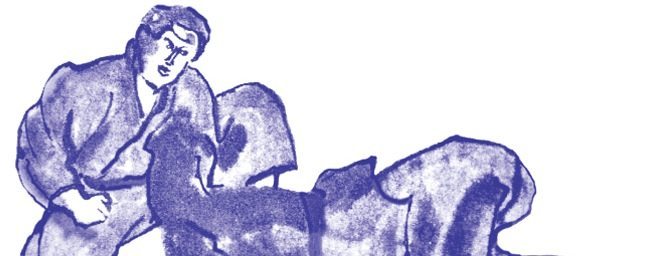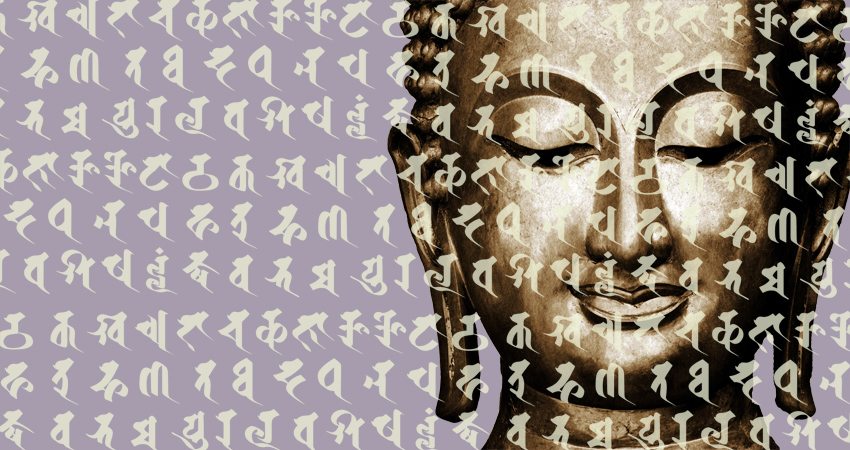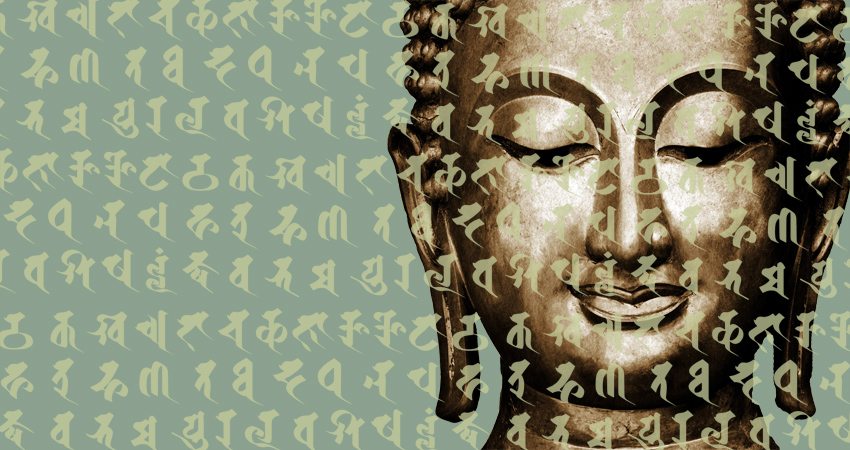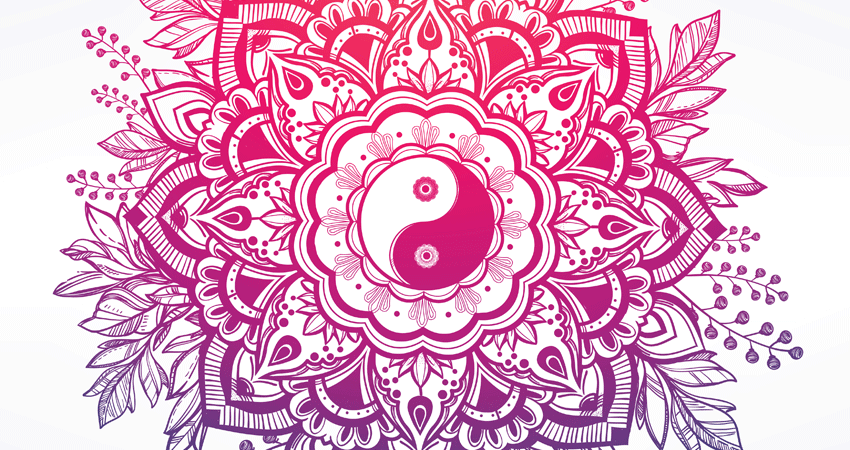
The Sacred Feminine: Womb of Wisdom
Categories: Society & Politics Spirituality & Religion
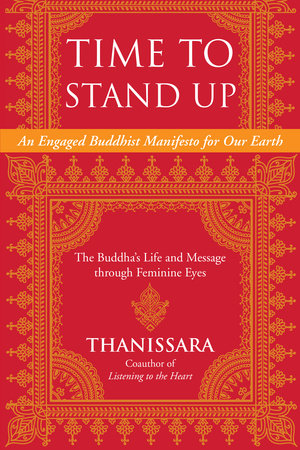 In honor of Women’s History Month, we’re sharing authors’ thoughts on the Sacred Feminine. This excerpt from Thanissara’s Time to Stand Up discusses the roles, and balancing, of masculine and feminine energy within Buddhist tradition and practice.
In honor of Women’s History Month, we’re sharing authors’ thoughts on the Sacred Feminine. This excerpt from Thanissara’s Time to Stand Up discusses the roles, and balancing, of masculine and feminine energy within Buddhist tradition and practice.
Tags: Buddhism ThanissaraWomb of Wisdom
In mindfulness training, body, feeling, mind, and phenomena are placed within that womb of awareness to be known directly, contemplated, and recognized. This is a deeply compassionate activity, not just a clinical technique. To really know “what is” from a place of deep awareness is to also touch “what is” with the kind of compassion that is not just “nice” or “kind” (though that’s good) but recognizes “what is” as a part of ourselves. This is why Zenji Dogen could confidently say, “Enlightenment is intimacy with all things.”
Enlightened wisdom, as a revered attribute, is represented through the feminine archetype of Prajnaparamita. She is the one who ever dwells in the perfection of prajna, life- and love-giving nourishing wisdom. Prajna, translated as “wisdom,” literally means, “before knowing.” Before we objectify, label, and name the manifested world, “what is” is deeply known in the heart of the womb of awareness. It is known and loved as most intimate, most precious. Prajnaparamita, “Perfection of Wisdom,” is a body of wisdom texts that are preserved within Mahayana Buddhism.They address the mystery of consciousness personified as the “Mother of all the Buddhas.” From her formless, loving, undivided, intuitively intelligent womb of awareness, wisdom is born. Without this more mysterious dimension of primordial knowing, this womb of awareness that spontaneously births wisdom, there would be no Buddha. When we understand this, we have profound reverence for the sacred feminine, because it is the root of all our potentiality within the manifested world.
When it comes to Buddhist metaphor for spiritual practice, much of the approach and language is in a masculine paradigm. The masculine seeks release (from samsara), to penetrate (into nibbana), to conquer (the defilements); just as in the sexual act men seek release into the space of the feminine. On the contrary, the feminine is already space, she is already formless and more at ease in the undefined regions of her experience. She doesn’t need to release, penetrate, or conquer; instead she deeply knows her true power, the power of perceptivity and creativity, and she knows her ancient depth of connection to the primordial heart of intimate knowing. The power of the feminine is in her receptive formlessness, which she trusts as a natural source of intuitive truth. However, because she has been shrouded for centuries in patriarchal conditioning, particularly within a masculine spiritual paradigm, she doesn’t trust her deepest knowing. Instead of a refuge, it is a place of doubt, and because it is formless, it is a place to fear—and so she seeks direction and definition from the masculine. She doesn’t have confidence in her inner space, which is a fount of intuitive wisdom. She doesn’t know how to trust her deepest power; in fact, it frightens her. It also frightens the masculine: he will be swallowed up, smothered, and lose the definitions and certainties he needs to negotiate a competitive and unforgiving world.
The designations of male and female are generalizations; while some do not identify within the gender binary, all of us embody various degrees of both masculine and feminine energy. Some women experience themselves as having more masculine energy and vice versa. If we lived in an ideal world, where there were no gender limitations placed on people, or if we were not shaped so powerfully by a patriarchal dynamic, then we could move beyond this discussion around gender. But it would be premature to do so without visiting the historical dynamic of patriarchy, which has shaped so many of our experiences in the world, and the extreme androcentric (focused on men) bias within Buddhist transmission. Fortunately, we can also be inspired by the fact that many Buddha images are a fusion of both masculine and feminine, representing an evolutionary truth. At a certain point of inner maturation, both polarities begin to harmonize into an inner energetic balance.
Given that there are so many ancient examples of balanced masculine and feminine iconography in Buddhism, it is sad that mutual empowerment has faltered when it comes to actual, lived embodiment of the feminine within the men and women that inhabit and shape Buddhist structures. Not only is there a marginalization of the feminine and of the female gender, but the bias against women is a symptom of a deeper and deeply unfortunate split between the world of form (matter) and formlessness (consciousness), and between mind (cognitive rationale) and heart (intuitive feeling). In great part, it is because of this primary split that we have a weak Buddhist response to the mortal danger of climate change that we now face. Buddhist narrative, practice, and encouragement tends to strongly preference personal salvation, transcendence and non-attachment, with regard to a difficult and challenging “world,” over compassionate engagement. Often there is confusion at the heart of Buddhist transmission. There is the tendency to mistake the necessary transcendence of ego with transcendence of the Earth. I have come to feel that the word “transcendence” is perhaps not so helpful. It so easily leads to spiritual aloofness, which dismisses problems as beneath our consideration. It also inclines to lead to premature transcendence of what is not yet met, healed, understood, and transformed.

